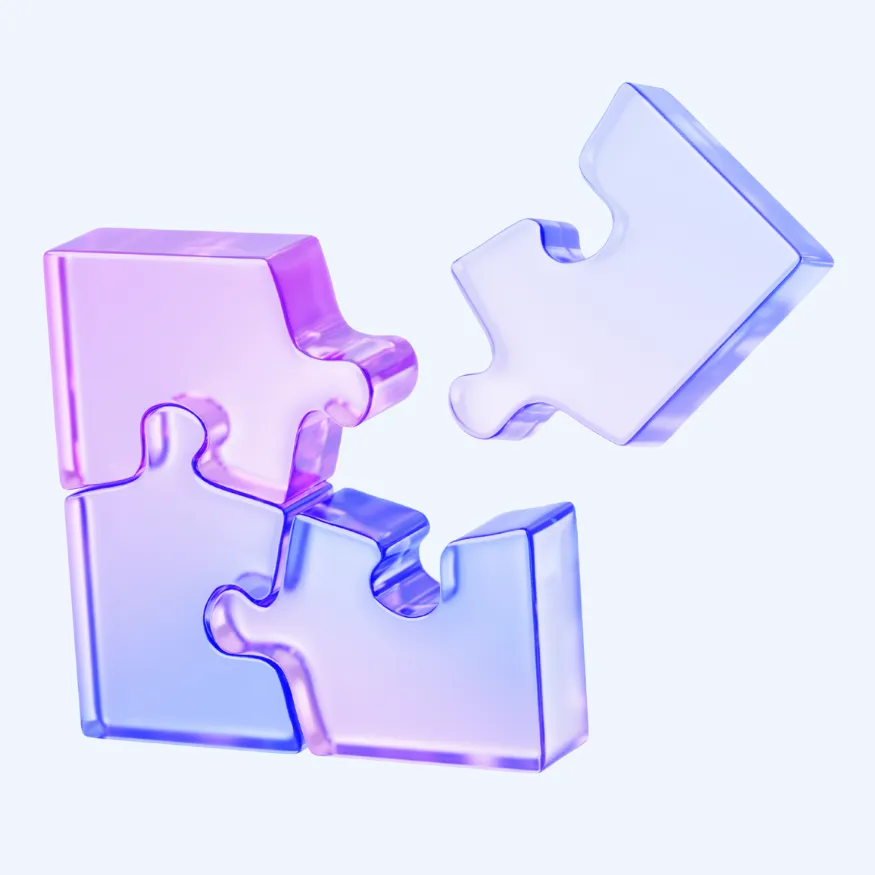The Internet of Things (IoT) is rapidly transforming the way we live, work, and interact with technology. From smart homes and cities to connected healthcare systems and industrial automation, IoT is reshaping industries across the globe. In 2025, it's estimated that over 75 billion IoT devices will be in use worldwide, driving new opportunities and challenges for businesses and consumers alike.
What is IoT?
At its core, IoT refers to the interconnected network of physical devices—anything from smartphones and home appliances to industrial sensors and autonomous vehicles—capable of collecting and sharing data over the internet. This real-time data exchange enables automation, increased efficiency, and improved decision-making processes.
Key Sectors Utilizing IoT
- Smart Cities: Urban areas are leveraging IoT to manage traffic flow, reduce energy consumption, and enhance public safety. With smart infrastructure in place, cities can monitor utilities, automate lighting, and manage parking systems remotely.
- Healthcare: IoT is playing a pivotal role in healthcare, with connected medical devices allowing for remote patient monitoring, real-time data collection, and predictive analytics that improve patient outcomes.
- Manufacturing & Industry: IoT is revolutionizing factories with the concept of Industry 4.0, enabling predictive maintenance, real-time supply chain tracking, and the automation of entire production lines. IoT-driven industrial systems can reduce downtime by as much as 50%, according to McKinsey.
- Retail: Retailers are using IoT for inventory management, personalized shopping experiences, and optimizing supply chains. Smart shelves, RFID tags, and connected point-of-sale systems help businesses streamline operations and improve customer satisfaction.
IoT Security Challenges
Despite the immense potential, IoT poses significant security risks. Gartner estimates that by 2025, 75% of security breaches will be related to IoT devices. With an ever-expanding network of connected devices, ensuring security across all endpoints is critical. Common threats include:
- Data breaches: Unsecured IoT devices can be easy targets for hackers looking to steal sensitive information.
- DDoS attacks: IoT devices can be exploited and used in large-scale Distributed Denial of Service (DDoS) attacks, as demonstrated by the infamous Mirai botnet attack.
Best practices include strong encryption, regular updates, and network segmentation to minimize the impact of potential breaches.
The Future of IoT
As the IoT landscape evolves, innovations like 5G networks will play a key role in expanding the capabilities of connected devices. Faster internet speeds and lower latency will enhance real-time communication between IoT devices, enabling advancements in autonomous driving, smart cities, and more.
In addition, Artificial Intelligence (AI) will increasingly intersect with IoT, providing smarter, data-driven solutions. With AI, IoT systems can learn from data patterns, predict future needs, and optimize system performance autonomously.
Conclusion
The IoT revolution is already here, and its impact on industries and daily life is only set to grow. As businesses continue to adopt IoT solutions, a focus on security, scalability, and innovative applications will be key to unlocking its full potential. For companies, now is the time to embrace IoT or risk falling behind in a hyper-connected world.
Sources:
- Statista: Global number of connected devices forecast from 2020 to 2030
- Gartner: IoT security predictions for 2025
- McKinsey: Impact of IoT in the manufacturing sector



































